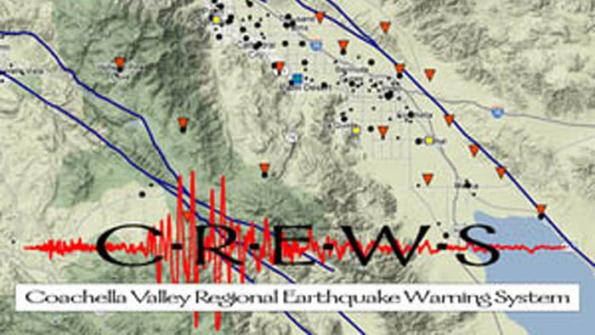Cooperative agreements will increase sustainability and safety-related purchasing (with related video)
In the future, cooperative agreements will propel government procurement of environmentally friendly and sustainable products, says veteran public purchasing pro Hal Good (photo to the right). 
Good has over 30 years of experience in public and private procurement, e-commerce and supply chain management. He has served as director of procurement and contracting in Frederick County Md., and Palm Springs, Calif.
Good tells GPN that the ability to aggregate the demand within a cooperative contract should drive the availability of all kinds of sustainable products and services. “The “one-off” specification buy through a single agency does not drive the robust demand of a cooperative agreement,” Good tells GPN. “In my opinion, cooperative contracts are environmental and sustainable products’ best friend.”
A variety of limitations currently hobble agencies that want to buy sustainable products, Good says. “Despite the best intentions, it is very difficult for most individual agencies to develop solicitations which adequately address the relevant environmental and sustainability issues pertinent to that buy.” Good says lack of internal expertise, staff shortages, time pressures to acquire the desired item and to get agency staff to use it are all potential reasons why individual agencies come up short on sustainable buys.
The availability of a well-crafted and skillfully written cooperative contract changes the equation, Good says. “If that cooperative agreement provides the desired item(s), and if it intelligently addresses the agency’s environmental and sustainability preferences, then that may become the deciding factor in what is procured.”
Good envisions a simple path that will lead to more frequent sustainable buys in public agencies. He says that governments’ environmental and sustainability purchasing and product requirements will drive demand. That demand, says Good, will drive inclusion in cooperative contracts. Being listed in more cooperative programs and contracts, Good says, will push broader acceptance. As a result, Good believes pricing of sustainable products will become more competitive, which, in turn, will feed more demand for those products.
There’s growing demand for green products, Good tells GPN. “Environmental and sustainability, along with managing supply chain risk factors, have been consistently gaining prominence for decision-making in the private sector. The public sector’s attention to these factors is also increasing.” Good believes the need to address these issues will lead to creating more cooperative contracts. “The increased availability of cooperative contracts that address the issues will fuel the demand at the agency and supplier levels,” he tells GPN.
Good believes that pressure to exercise social and environmental responsibility in procurement will only increase in the current global and digital environment.
It’s dangerous to predict the kinds of products and services that will be covered in future environmental and sustainability initiatives, Good tells GPN. “New and inventive solutions driven by digital technology make what appears to be impossible today, possible tomorrow.” Good adds that sustainability and environmental-friendliness definitions may take on extended and expanded definitions in the future.
Good cites his current experience serving on Calif. Gov. Jerry Brown’s Earthquake Early Warning System management committee, where he sees new ways of defining “sustainable.” The group is investigating potential products and services that can help prevent infrastructure damage and wasted resources from earthquakes.
 The committee helped develop the standards for an earthquake early warning system in the Golden State. The standards incorporated performance specifications and interoperability standards that were acceptable to both the public and private sector.
The committee helped develop the standards for an earthquake early warning system in the Golden State. The standards incorporated performance specifications and interoperability standards that were acceptable to both the public and private sector.
“I was involved in one of the earliest installations of this early-warning technology when I was head of procurement for Palm Springs, Calif.,” Good tells GPN. The warning system, Good says, uses the “P” wave that arrives 10 to 30 seconds prior to the damaging shock wave in an earthquake. The early-warning setup triggers life- and property-saving devices such as gas shutoff valves and highway traffic safety signals. It also triggers a warning for kids in school. Seismic Warning Systems, Inc. of Scotts Valley, Calif., developed the warning setup (equipment pictured above to the left).
Good asks, “Can anyone think of a better candidate for a cooperative contract to protect lives and infrastructure in the estimated 50 percent of the U.S. that is subject to earthquakes?”
Good continues to serve the public procurement profession. He directs social media for the Pennsylvania chapter of NIGP, the Pennsylvania Public Purchasing Association (PAPPA). He has served on NIGP’s national board and has been a member of NIGP throughout his career. Good owns the Procurement Pros group on LinkedIn. The by-invitation-only group has about 1,300 members.
Michael Keating is Senior Editor at Government Product News, an American City & County sister brand.
In the video, see how the Seismic Warning System works in Palm Springs Calif.
_____________
To get connected and stay up-to-date with similar content from American City & County:
Like us on Facebook
Follow us on Twitter
Watch us on Youtube




















